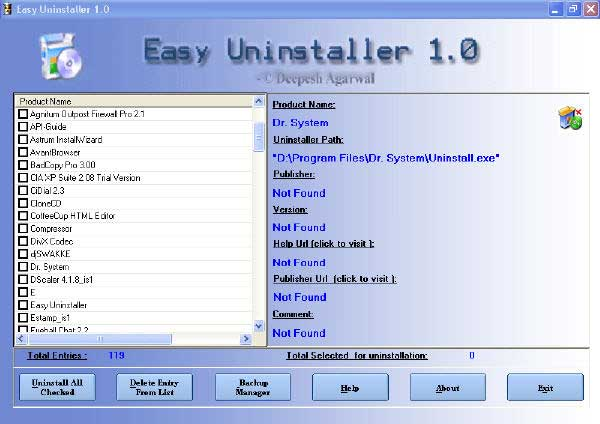


On Windows: dotnet tool install dotnetsay -tool-path c:\dotnet-tools To install a tool as a global tool in a custom location, use the -tool-path option of dotnet tool install, as shown in the following examples: Install a global tool in a custom location A global tool is only available to the user that installed the tool. Tool access is user-specific, not machine global. So global tools can be invoked from any directory without specifying the tool location. This location is added to the user's path when the SDK is first run. The default location for a tool's binaries depends on the operating system: OS Tool 'dotnetsay' (version '2.1.4') was successfully installed. The output shows the command used to invoke the tool and the version installed, similar to the following example: You can invoke the tool using the following command: dotnetsay To install a tool as a global tool, use the -g or -global option of dotnet tool install, as shown in the following example: dotnet tool install -g dotnetsay If the tool is hosted on NuGet, you can check the author and statistics by searching for the tool.

Don't download tools from people you don't trust. NET tools can be powerful because they run in full trust, and global tools are added to the PATH environment variable.

One version of a tool is used for all directories on the machine.Īs a global tool in a custom location (also known as a tool-path tool). You can invoke the tool from any directory on the machine without specifying its location. The tool binaries are installed in a default directory that's added to the PATH environment variable. You can install a tool on your machine in the following ways: NET tool is a special NuGet package that contains a console application.


 0 kommentar(er)
0 kommentar(er)
